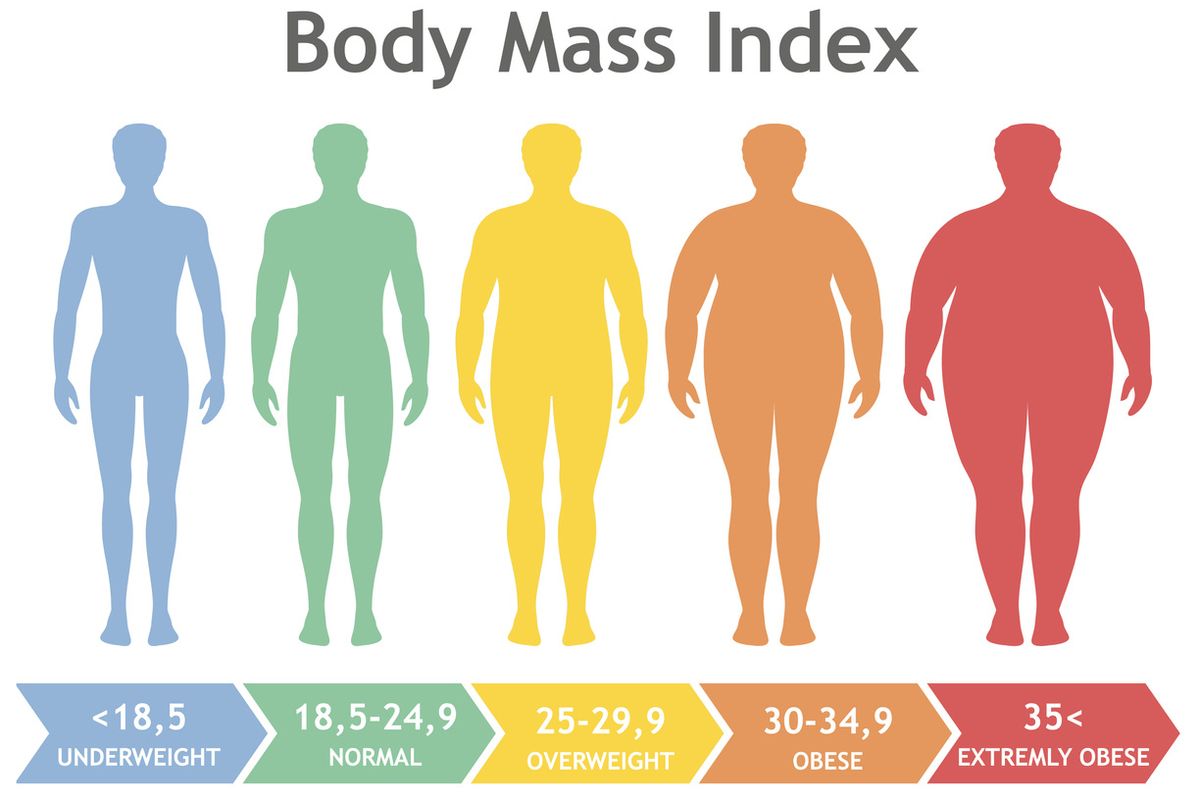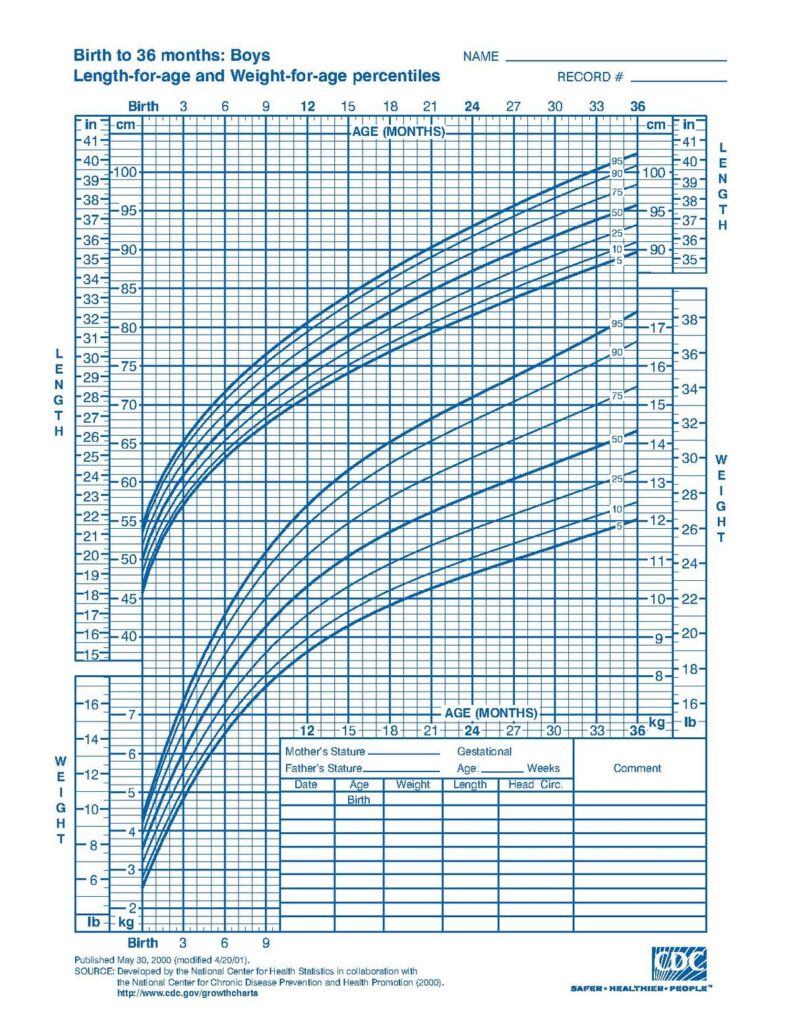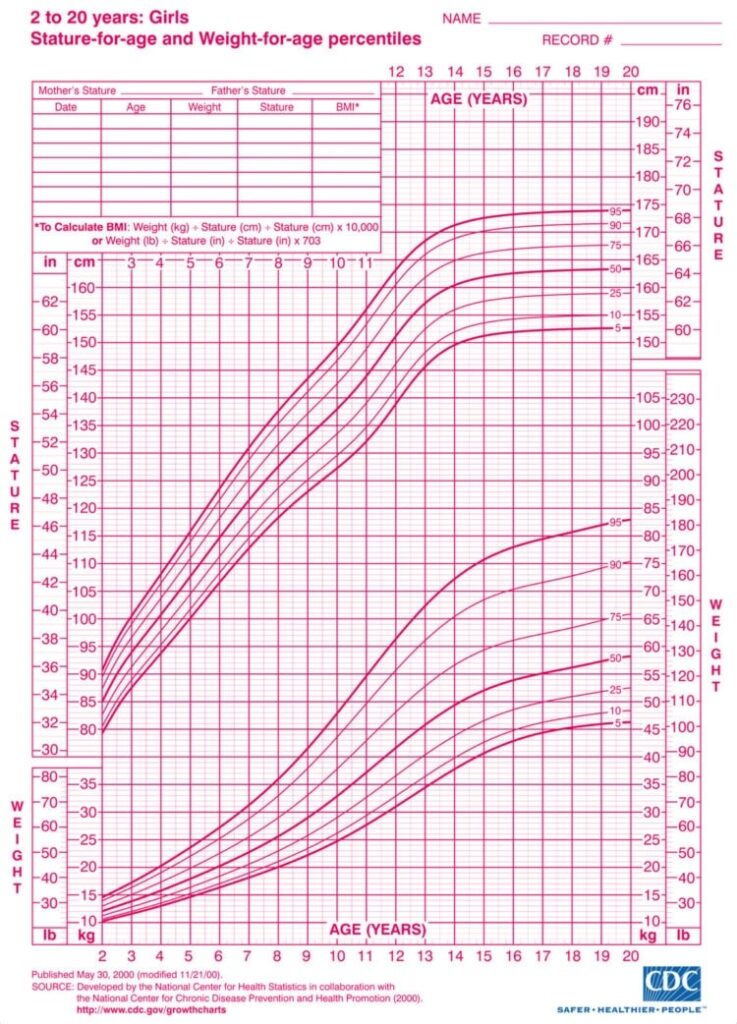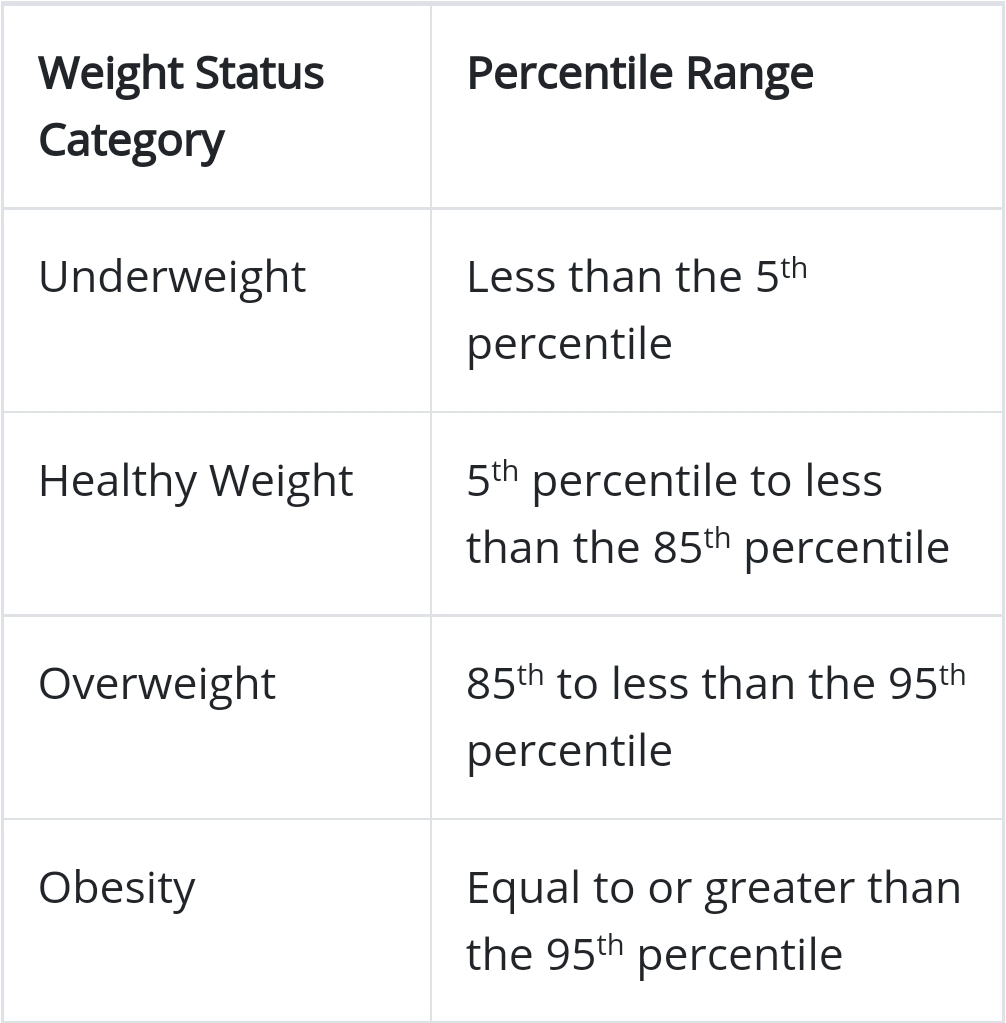Why do we check our weight? What about height? How do we say we are over weight or underweight? On what basis do we make a diagnosis of obesity or malnourished? BMI. That’s the answer to these many questions. BMI stands for body mass index, simply put it’s an estimation of the healthy range of weight for your height. Now how do we calculate BMI?
BMI is a person’s weight divided by the square of the person’s height in meters.

It may seem very preposterous at first but BMI is a very important and inexpensive screening tool. It separates the population into the categories – Underweight, Healthy weight, Overweight, Obese, Extremely obese.
BMI does not directly calculate the body fat content, but rather gives an correlation to the body fat. One thing to remember about BMI is that it is a screening tool, not a diagnostic test to help define the body fat or health of an individual.
Then, what makes BMI important? To find out, let’s go in a bit of depth, BMI is very crucial as it is directly linked to many metabolic and various diseases outcomes. It acts like a warning sign, to alert us about the diseases that may result in poor prognosis. BMI along with other screening assessments like skin thickness measurements, diet evaluation, physical activity, past history of comorbidities like thyroid diseases, diabetes etc. Are done to give a final diagnosis and help to take precautionary measures. BMI is calculation varies for adults and children, And the range for categories also differ.
Let’s take a look at how to calculate BMI for Adults. With the formula –
BMI = weight (in kg)/height2 (in meters)
This equation helps you find your present BMI. Now after you get the value, you need to find out what category you come under, Down below you will see the ranges of BMI for each of the before mentioned categories.

As you can see the progression of BMI can lead to the extreme end of the scale, obesity. It has become a major health issue as obesity is an underlying risk factor to many other life threatening diseases. For prior identification of the individuals that are prone to specific diseases, BMI comes to play an important role. Obesity is an uprising health issue that has become hurdle to the healthcare system to overcome. If you want to loose weight check out our this article on How to Lose Weight Through Exercise. The overwhelming rise in the numbers has led increased rise in many preventable diseases and has also led to poor prognosis of prior curative diseases.
Let’s move on to calculate BMI for children. The difference between adults and children BMI calculation is primarily because the BMI of a child is expressed in terms of a percentile. This percentile is obtained by using a special graph to plot that is again different for a boy and a girl. The percentile is compared to other children taken in a survey to plot their development in comparison to the vague normal.
Down below you can see the different growth charts:
MALE GROWTH CHART

FEMALE GROWTH CHART

These charts are more commonly used to measure the size and growth patterns of children and teens. The BMI range for children and teens is also different as it is based on the percentile system.

BMI thus is a very important aspect in assessing the health individual, though it may have many contradictions it still can help n giving an overall outlook and screen a person for any risk factors.
The health risks that arise from the different extremes of BMI categories are unique and varied. But in the end many of them can be averted if the underlying risk factors are identified and if the required changes are made. Though BMI doesn’t give a definite answer to all health problems it does point out to many preventable ones. You can calculate your own with the given formula or you can even use the liberty of using BMI calculators available across many websites online. The more important thing to do after calculating is to take the right steps to healthier and more active life.

A young mind in struggle to achieve higher ground and witness the wonders of the world with my inner self. In pursuit of a passion to be a surgeon one day in the distant future.

Leave a Reply